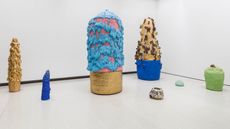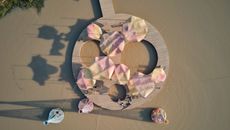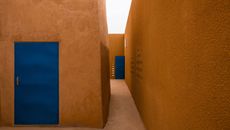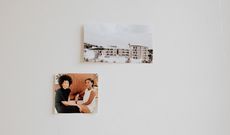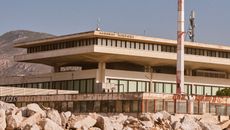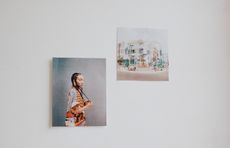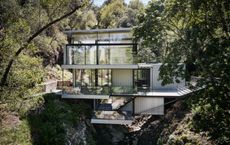Tallinn Art Hall brings change and bright pink to the Estonian capital
The Tallinn Art Hall has a bright pink, brand-new home, courtesy of Estonian architecture studio Salto
- (opens in new tab)
- (opens in new tab)
- (opens in new tab)
- Sign up to our newsletter Newsletter
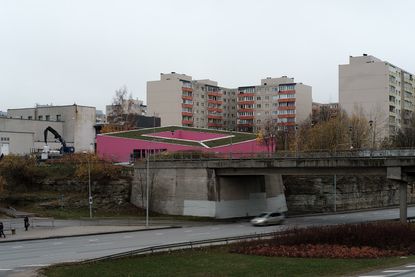
From Soviet-era bunkers and mediaeval fortifications to Gothic churches and glass skyscrapers, Tallinn pulls in many directions. On the streets, heritage-inspired trams and on-the-spot rental cars (available via transport app Bolt, a local invention) jostle at traffic lights; words of Estonian, some Russian, and English carry a Baltic breeze. A first glance reveals a dynamic population, a booming tourist trade and thriving start-up culture, but behind these scenes lie some familiar East-West tensions, age-old antagonisms that the Tallinn Art Hall is addressing head on.
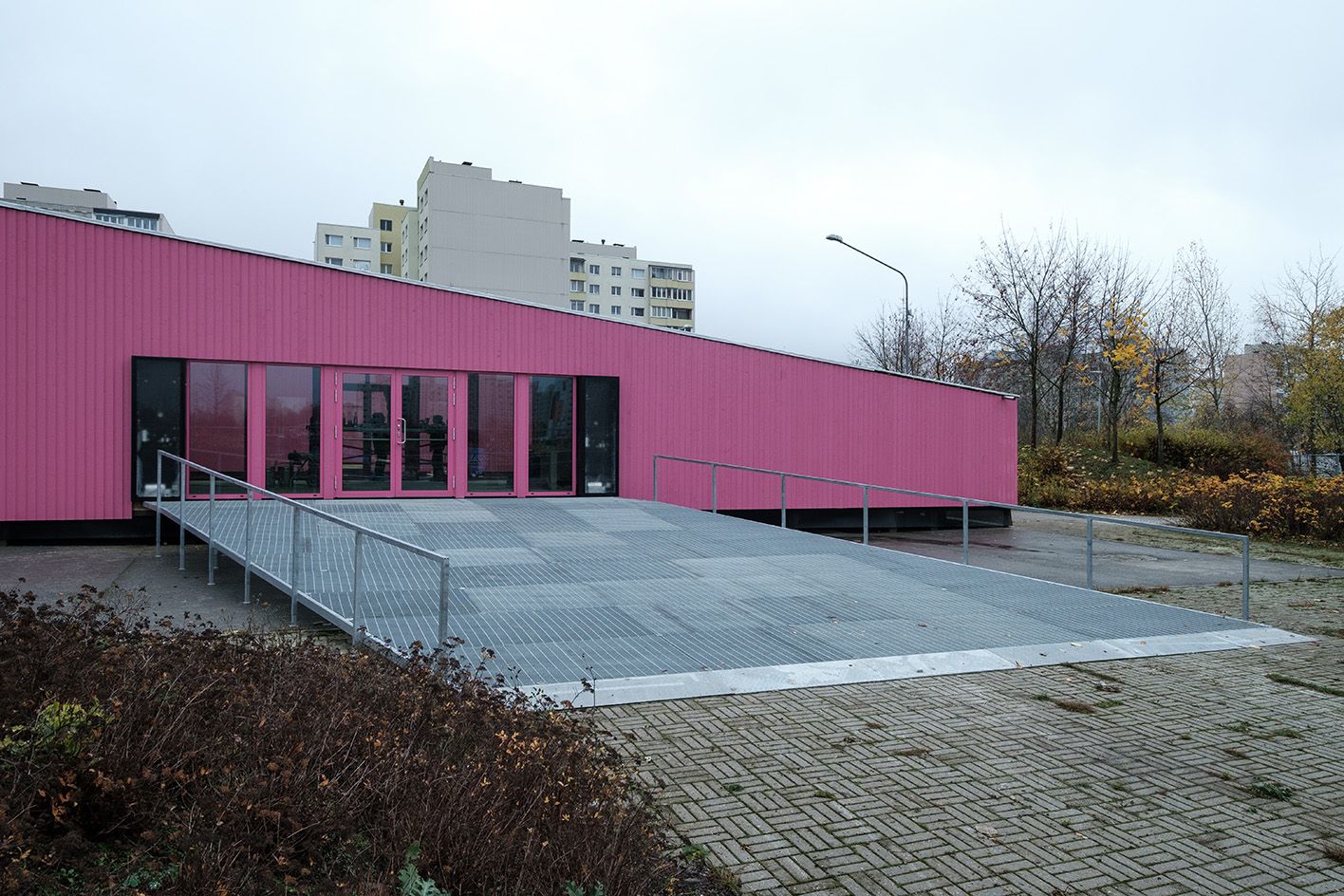
Tallinn Art Hall: the history
The local Artists’ Association – still thriving with 1,000 members today – built the original Art Hall in 1934. With its cube-like, Functionalist facade, it was a prominent presence on Freedom Square. A Stalinist extension was added in 1953.
Many creatives have passed through the institution’s doors, among them leading lights Flo Kasearu, Jaan Toomik and Marge Monko. Now, closed for a two-year renovation, it is decamping to a temporary pavilion in the suburb of Lasnamäe – opening to the public on 19 November 2022.
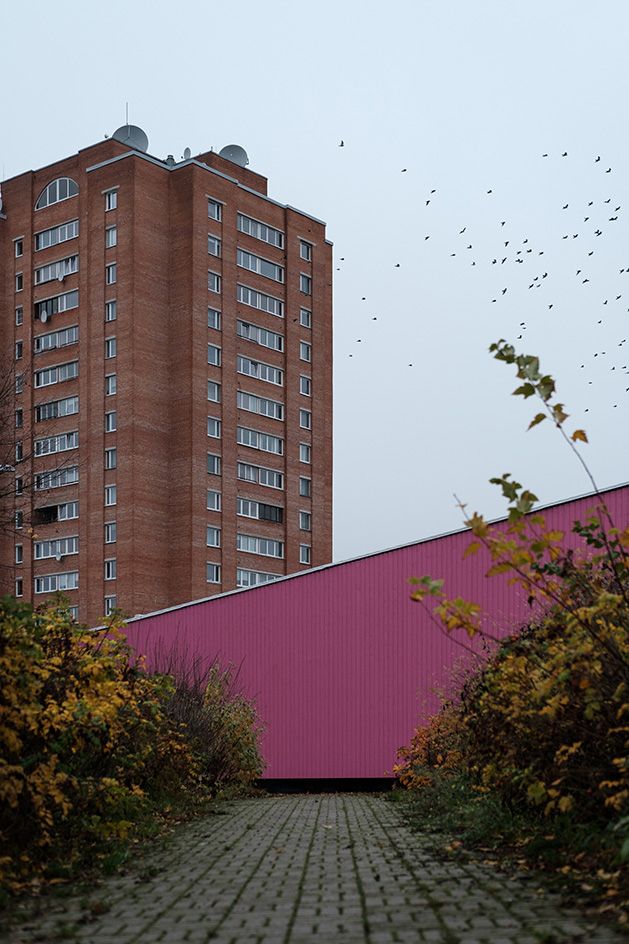
The two locations could not be more different. While Freedom Square sits on the edge of Tallinn’s Unesco-listed Old Town, which is crammed with medieval monuments preserved in a Disney-like aspic, Lasnamäe is a sprawl of built-but-never-finished Soviet housing, where a 120,000-strong, mainly Russian-speaking Estonian population lives. One bustles with boutiques, bars and tourists, the other is residential and distinctly more modest – if not downright neglected. What prompted such a move?
Paul Aguraiuja, director of Tallinn Art Hall, explains: ‘Many people believe Lasnamäe is a ghetto; they’re afraid they might get beaten up if they go there. In fact, the opposite is true. Likewise, people who live there don't come to the city centre, because they believe it’s full of rich people and they don't belong.’ If people weren’t keen to come to the Art Hall, then the Art Hall would go to them.
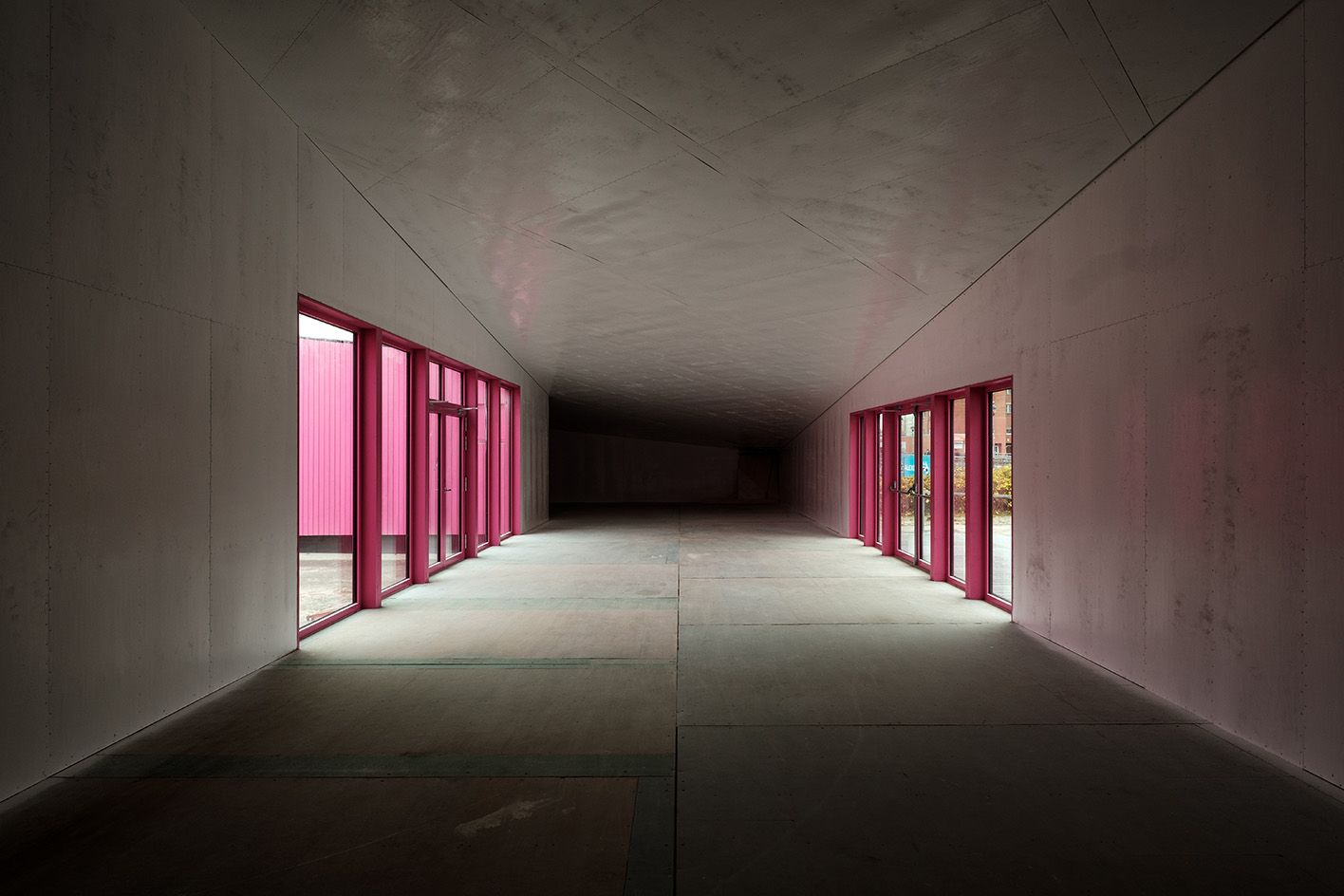
‘We could have collaborated with any district in Tallinn,’ adds curator Siim Preiman, who lives in Lasnamäe, ‘but that didn’t feel special at all. We wanted to use this temporary freedom to give the district our undivided attention.’
With freedom comes responsibility. Says Aguaraiuja: ‘We want to show that culture can be sustainable, that you can host international exhibitions in a space that does not cost millions to build (the estimated cost is €500,000), and does not go to waste after use.’
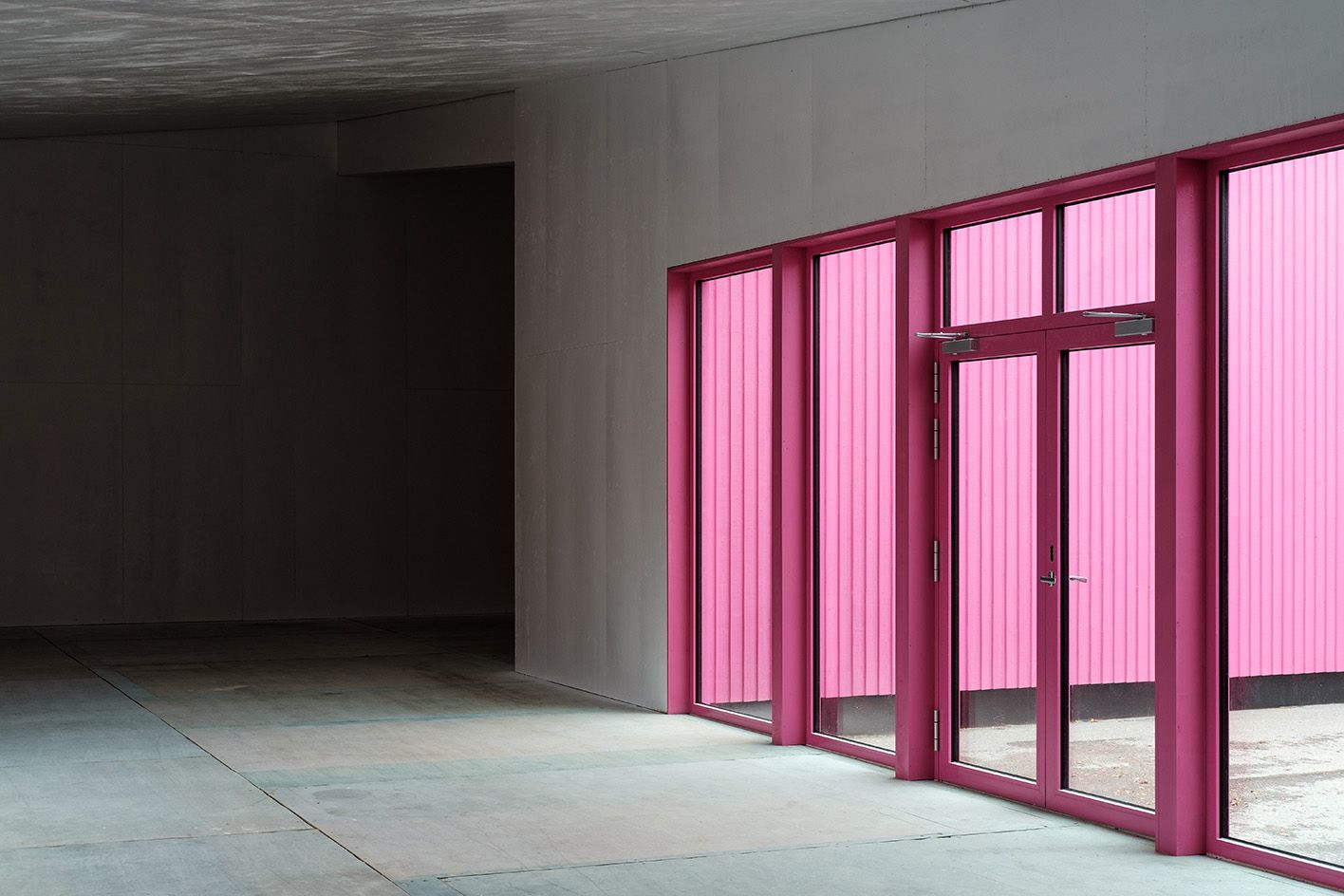
Tallinn architecture studio Salto’s 500 sq m pavilion was constructed over two weeks in Lasnamäe’s main square. It is made of Estonian wood and sits next to the 200-seat theatre – the only cultural institution in the area. How long it stays there depends on how it is received. Salto founding partner Maarja Kask says: ‘It’s important the pavilion is not just a pop-up and that locals feel it is theirs.’
Kask grew up in Lasnamäe ‘in a happy family in unhappy surroundings’, one of many who lived in the standard-issue five-, nine- and 16-storey high-rises. Since 2004, she and Salto partner Ralf Lõoke have built an international profile and created many landmark projects in their city, among them the Tallinn Cruise Terminal and Fotografiska gallery. They also collaborated with Aguraiuja on the temporary Straw Theatre structure in 2011 (also in Tallinn), a project that led to this commission. The pavilion is no more than 7m high, so residents can ‘look down on it’. The hope is that when the building goes on tour, all parts will ‘have an afterlife’ and a permanent cultural institution will take its place.

The renovation of the listed building in the city centre will be equally challenging, for different reasons. Estonian architects Kuu and Pink, led by Juhan Rohtla, will work on it, adding 400 sq m of new gallery space, a pedestrianised back courtyard that is currently a car park, and a light-filled top-floor space accessed by an elegant outdoor ramp. The adjoining 20-plus artist studios and the cult basement bar KuKu Klubi will also be renovated.
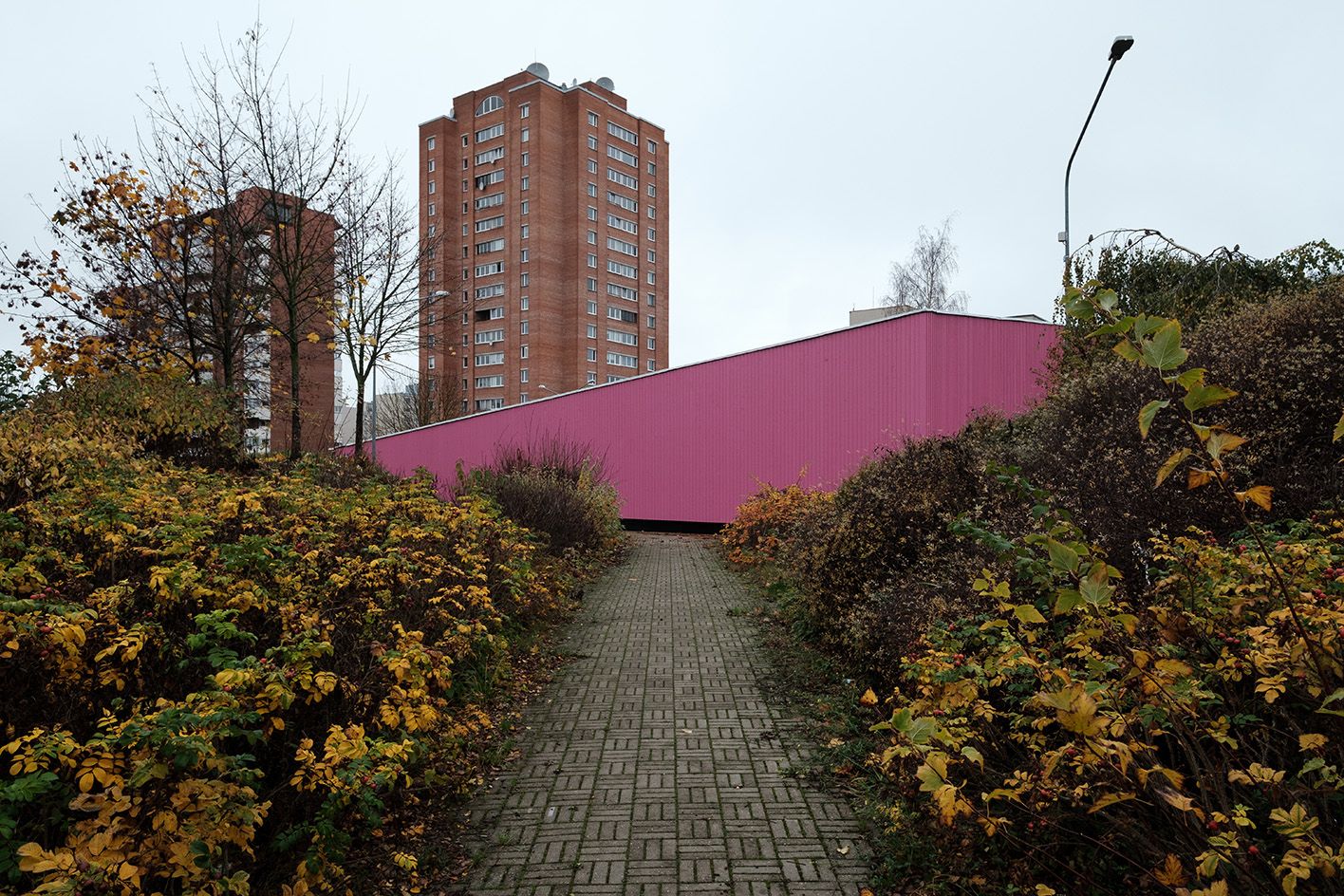
In a bid to make the project as sustainable as possible, solar panels and ground source heat pumps will provide energy and all original details will be preserved. ‘It’s a beautiful example of 1930s architecture. We will keep everything,’ says Aguraiuja.
This has not been the general approach since Estonia declared independence in 1991, where only Tallinn’s Old Town has been protected from a rip-it-down-and-start-again building frenzy. ‘So many great examples of Soviet architecture have been destroyed,’ says Preiman. ‘That era is traumatic for the older generation. But if you take away all the places and markers that allow you to discuss a certain period of history, you lose something.’ Tallinn Art Hall wants to make sure those discussions can continue.
Emma O'Kelly is a contributing editor at Wallpaper*. She joined the magazine on issue 4 as news editor and since since then has worked in full and part time roles across many editorial departments. She is a freelance journalist based in London and works for a range of titles from Condé Nast Traveller to The Telegraph. She is currently working on a book about Scandinavian sauna culture and is renovating a mid century house in the Italian Lakes.
-
 Watch Ryuichi Sakamoto's mesmerising musical experience at the Brooklyn Museum
Watch Ryuichi Sakamoto's mesmerising musical experience at the Brooklyn MuseumAn iconic composer who traverses popular and high culture, Ryuichi Sakamoto pushes music into new frontiers, most recently in ‘Seeing Sound, Hearing Krug’, a new composition that pairs sound, flavour, light and texture
By David Graver • Published
-
 Last chance to see: ‘Strange Clay’ at The Hayward Gallery, London
Last chance to see: ‘Strange Clay’ at The Hayward Gallery, LondonAt London’s Hayward Gallery, group show ‘Strange Clay: Ceramics in Contemporary Art’ sees ceramic artists explore the physical, psychological, political and power of their medium
By Emily Steer • Published
-
 Aehra is Italy’s first all-electric luxury car brand. We preview its forthcoming SUV
Aehra is Italy’s first all-electric luxury car brand. We preview its forthcoming SUVAehra’s proposed electric SUV is brimming with cutting-edge technology. The Italian company hopes to shake up the high-end EV market in 2025
By Jonathan Bell • Published
-
 Wonderfruit 2022 balances art, culture, music and nature in Thailand
Wonderfruit 2022 balances art, culture, music and nature in ThailandWonderfruit 2022 featured a masterplan by Ab Rogers with pavilions and installations that blend art and culture, music and nature
By Daven Wu • Published
-
 Niger’s Atelier Masōmī designs to ‘elevate, dignify and provide a better quality of life’
Niger’s Atelier Masōmī designs to ‘elevate, dignify and provide a better quality of life’Atelier Masōmī from Niger is part of our series of profiles of architects, spatial designers and builders shaping West Africa's architectural future
By Ellie Stathaki • Published
-
 Atelier Inhyah on sustainable ecosystems, craft, and a local approach
Atelier Inhyah on sustainable ecosystems, craft, and a local approachAtelier Inhyah from Ivory Coast is part of our series of profiles of architects, spatial designers and builders shaping West Africa's architectural future
By Aude Tollo • Published
-
 Athens in 2023: architecture and creativity are on the up
Athens in 2023: architecture and creativity are on the upAthens is enjoying its very own metamorphosis with a plethora of recently restored buildings, large-scale projects and fresh new openings
By Ellie Stathaki • Published
-
 The Fendi factory in Tuscany disappears into the landscape
The Fendi factory in Tuscany disappears into the landscapeThe new Fendi Factory in Italy, set in the rolling hills of Tuscany, is the brainchild of Milan architecture studio Piuarch and the luxury brand
By Ellie Stathaki • Published
-
 Senegal’s Mamy Tall on city planning, bioclimatic construction and heritage
Senegal’s Mamy Tall on city planning, bioclimatic construction and heritageMamy Tall from Senegal is part of our series of profiles of architects, spatial designers and builders shaping West Africa's architectural future
By Ellie Stathaki • Published
-
 Park House is a minimalist, art-filled family home in Melbourne
Park House is a minimalist, art-filled family home in MelbournePark House by Mim Design and Pleysier Perkins is an art-filled family home in Melbourne including a bold, concrete extension
By Nick Compton • Published
-
 Year in review: top 10 houses of 2022, selected by Wallpaper* architecture editor Ellie Stathaki
Year in review: top 10 houses of 2022, selected by Wallpaper* architecture editor Ellie StathakiWallpaper’s Ellie Stathaki reveals her top 10 houses of 2022 – from modernist reinventions to urban extensions and idyllic retreats
By Ellie Stathaki • Published

